Akram al Halabi is an artist from the mountainous plateau of Majdal Shams, the largest of the four remaining Druze-Syrian communities on the Israeli-occupied part of the Golan Heights. Despite coming from a contentious region, Al-Halabi does not let politics drive his art work. Rather, he utilizes art as a medium to express his search for harmony between nature and humanity.
Born into a family of several artists, Al-Halabi’s art career began as a child when he would paint and draw under the tutelage of an art teacher from his village. From 1997 until 2000, he studied drawing and painting at Bayt Al-Fann. Then he studied at the Faculty of Fine Art Damascus (2000-2005). In 2003, he participated in the summer academy of Darat al Funun, supervised by Professor Marwan Kassab Bashi in Amman, Jordan.
While in school, however, his eyes were set on exhibiting and continuing his art elsewhere. The incessant political pressure of his identity in Israel motivated long hours dedicated to mastering the meticulous techniques of perspective, light and shape behind his award-winning art. His goal was simple: to continue creating art in a place where he would be free from moving from checkpoint to checkpoint.
Upon completion of the Faculty of Fine Art, he became the first from the Golan Heights to win a scholarship to continue his studies in Berlin. Yet he was denied travel by the Syrian government simply because of his uncontrollable statelessness. After Israel officially annexed the Golan Heights in 1981, the year Al-Halabi was born, it began regarding Syrians of the Golan as “residents of Israel” but not citizens. Al-Halabi had been allowed to study in Damascus even though he was living in Israeli-occupied Golan because of a program supervised by the UN and made possible through an agreement between Syria and Israel.
Despite the hassle, Al Halabi persevered. In 2007, two years after he graduated from the Faculty, he won another scholarship for his art through the ‘One World Scholarship of the [Vienna-based] Afro-Asian-Institute,’ which supports 10-15 students each year from Africa, Asia and Latin America who have a developmental focus in their studies. He finally came to attend the Academy of Fine Art of Vienna, and finished his studies with distinction in 2012 with the class of Professor Erwin Bohatsch.
In addition to his academic study of art, Al-Halabi has participated in sundry exhibitions across Europe. His work has also been collected by many private collectors in the EU and the Middle East, as well as in The British Museum, London, and the Kupferstichkabinett collection, Vienna.
Grappling with his own identity in an Austrian context, while at the Academy of Fine Art of Vienna, he was inspired to travel from 2009 - 2012 all over Europe, to Palestine/Israel and back to his village. In this journey, Al-Halabi asked people, whom he met randomly, to define themselves at the moment of their meeting and to write this definition on individual papers used for invoicing. He called the project ‘Snowflakes,’ later adding small geometric forms using pliers to create lines in the shape of fingerprints and snowflakes.
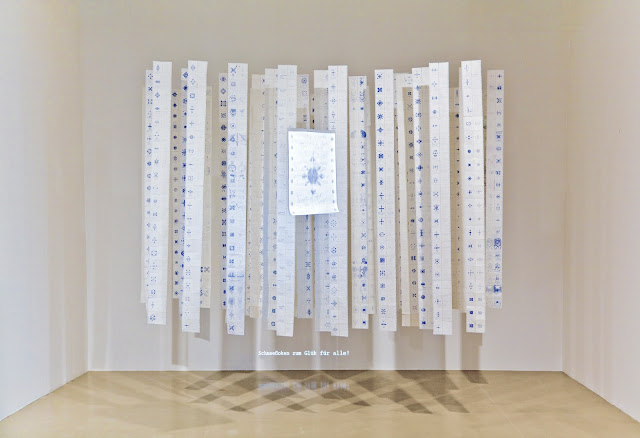
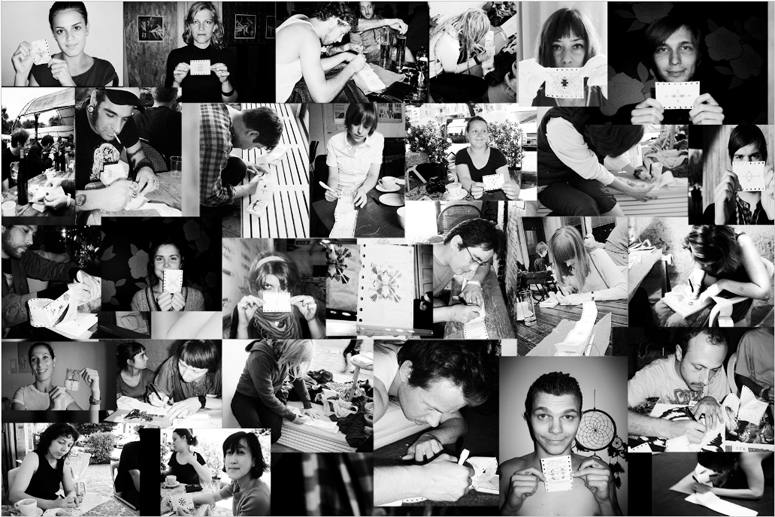
He further commented on the danger of being stuck to certain boxes. For example, many Israelis and Palestinians were unwilling to participate in the project simply because Al-Halabi did not align with their religious ideals.
The open-minded, inquisitive and amicable spirit from which the project was conducted is what best describes Al-Halabi’s personality. In 2010, while traveling back to his village every summer to see his family, he created a performance project called ‘Love Comes First,’ in which 200 people from Golan Heights participated to write with their body’s the statement: ‘Love Comes First’ (in Arabic ‘Al-Mahabbah Awwalan’).
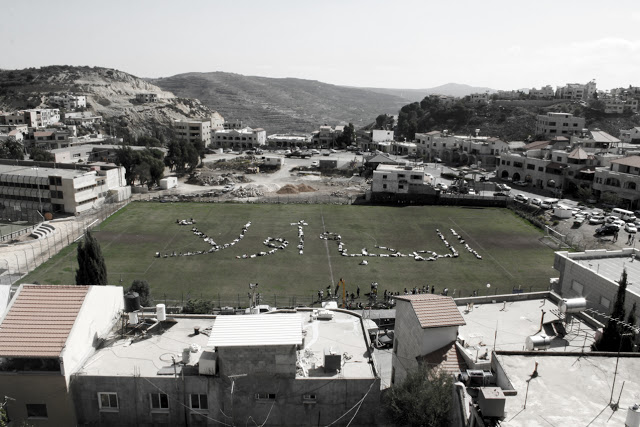
Taking gruesome images from his computer that were widely blasted in the media, Al-Halabi conceived the project ‘Cheek,’ erasing the images by adding English words and Arabic letters around them, sometimes sketching the image’s most basic outline. “I wanted to make a third level of perception, making connections between word and image to the viewer,” explained Al-Halabi. His reprints call traits that appear in the image by their names, simply to remind the audience that they exist: ‘Ear, Eye, Brow, Window, Blood, Nose, Child, Neck, Throat, Chin, Shoulder, Heart, Mother, Fingers, Cheek…’
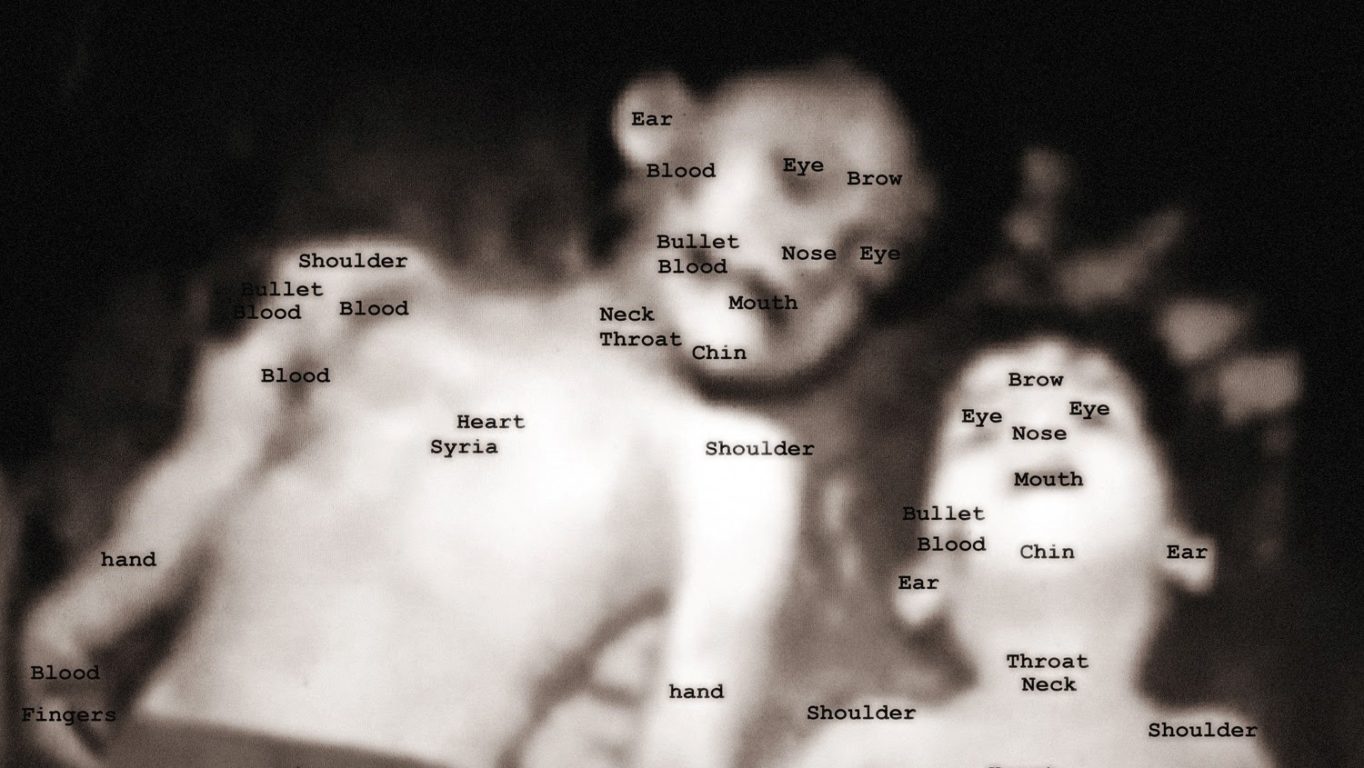
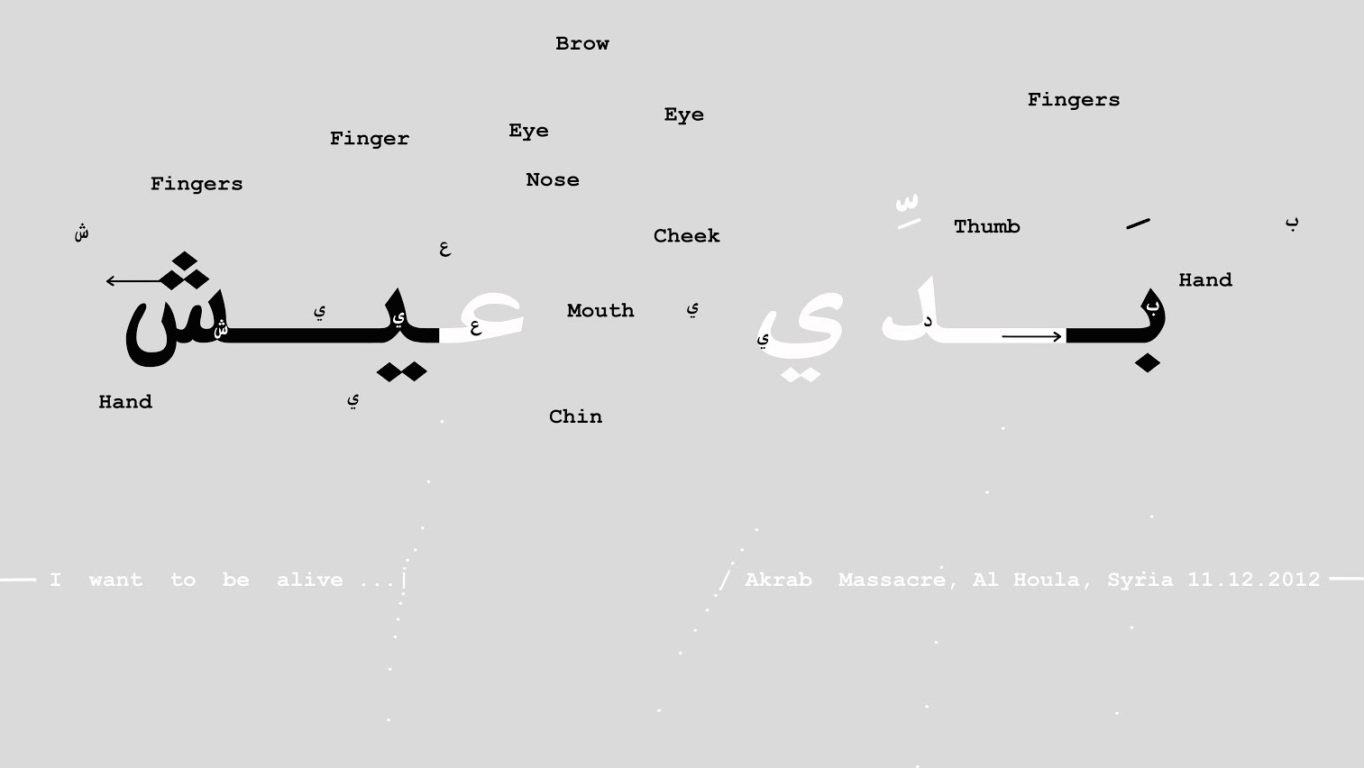
Yet the power of engaging in deep conversations, reading good literature, swimming, observing nature’s beauty (like his fascination with dragonflies), and acting in theatre performances are all expressions that give his life meaning, and make him feel defined. “Don’t forget to enjoy your day,” Al-Halabi told SyriaUntold, “that’s more important than this article anyway.”
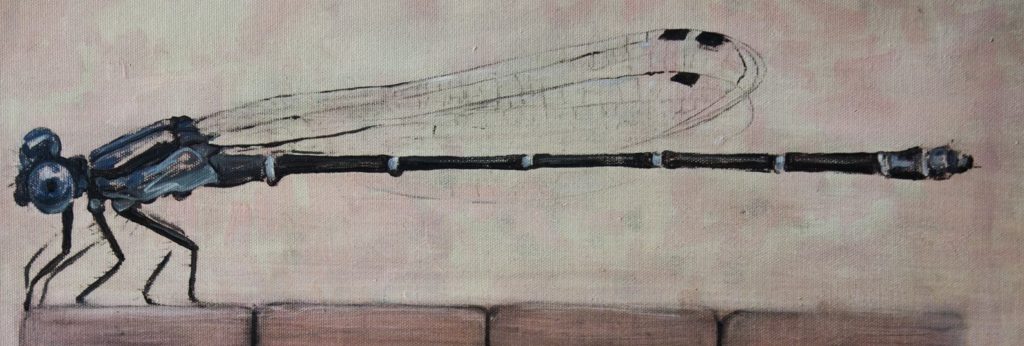
[Main photo: Artist Akram Al-Halabi in his studio apartment in Vienna - 5-5-2017 (AJ Naddaff/SyriaUntold)].



